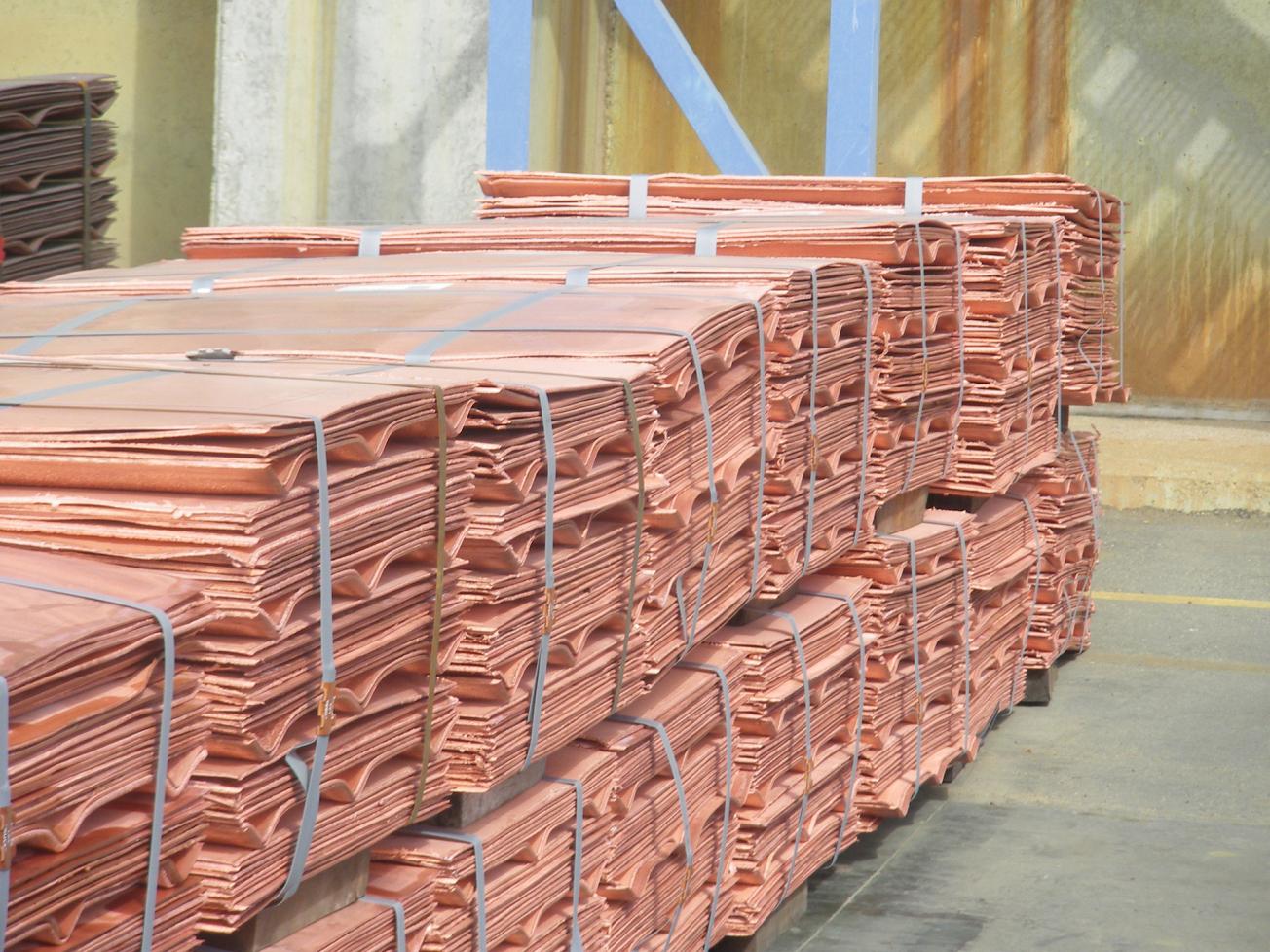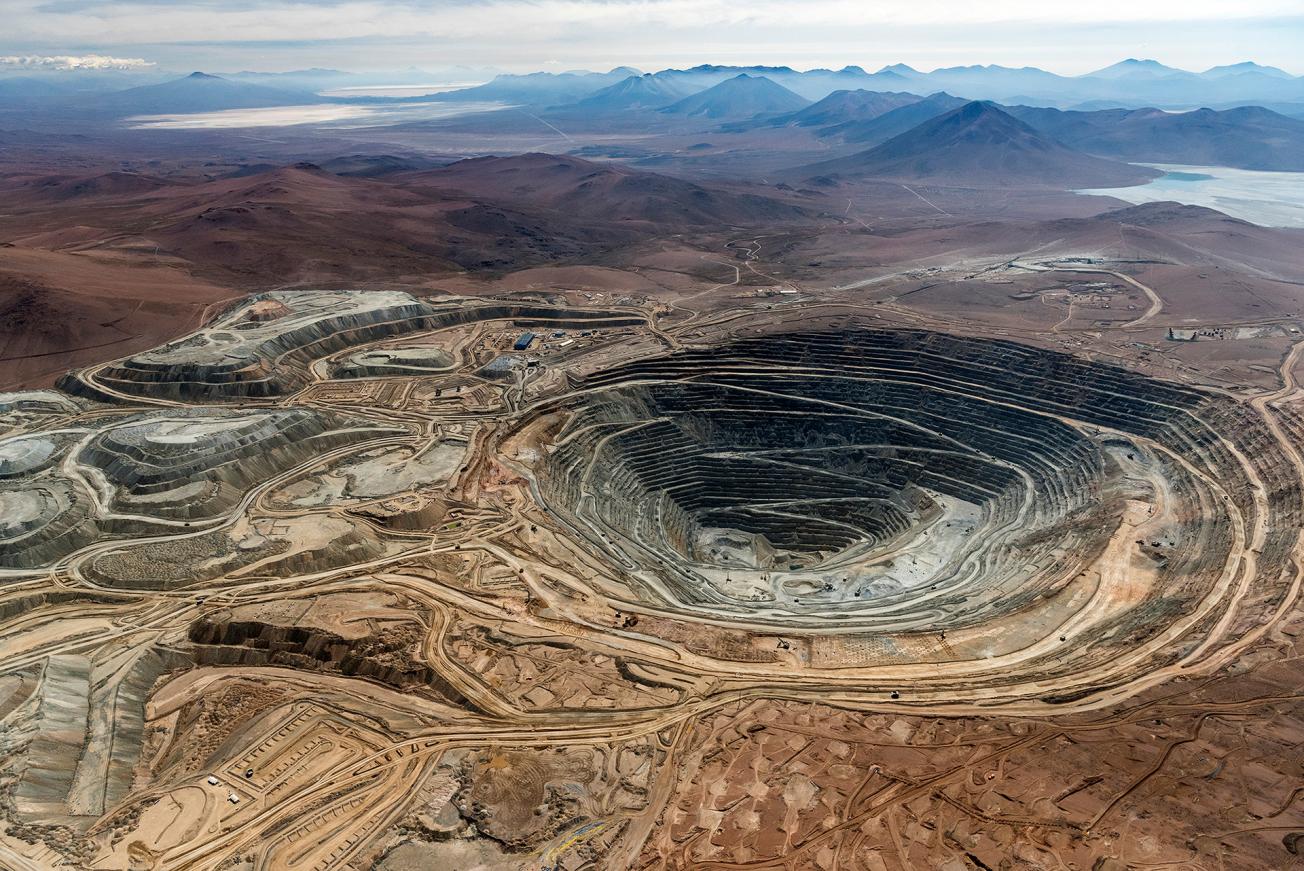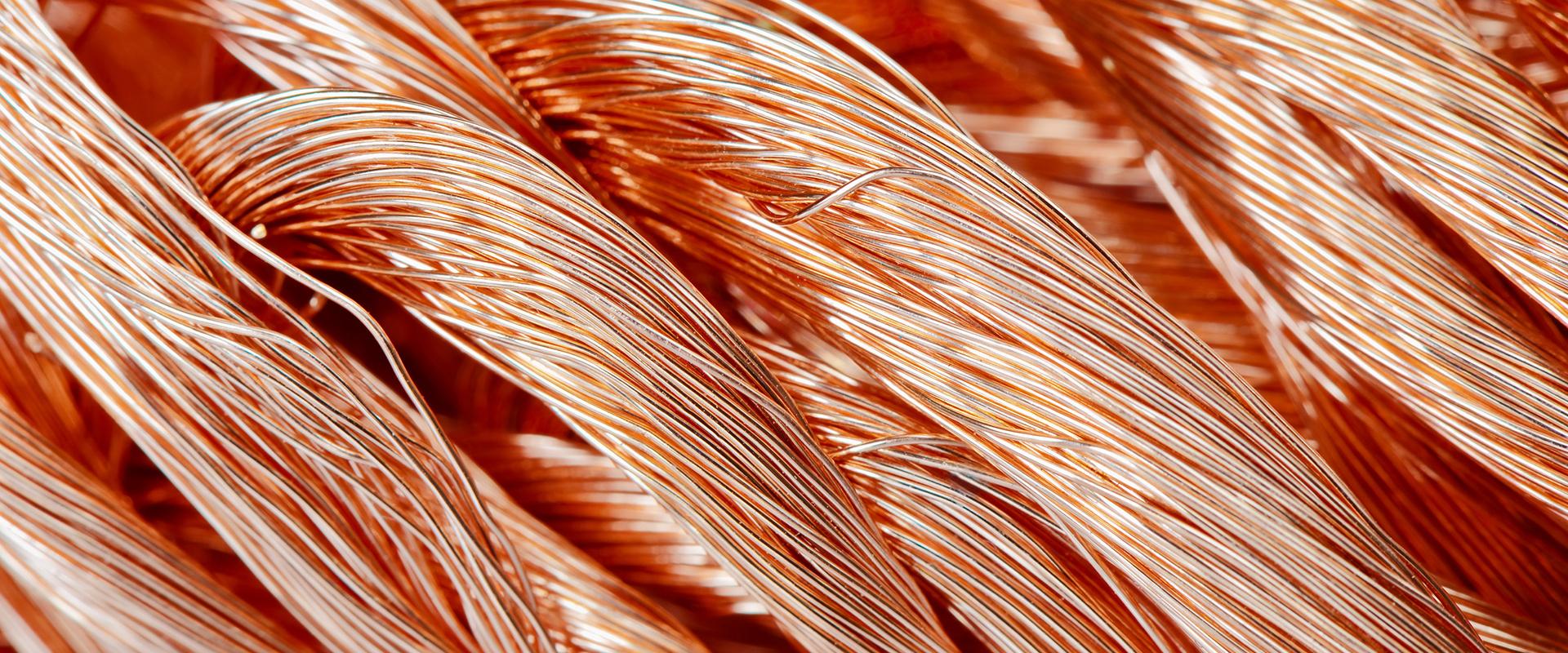
Copper cathodes from the Las Cruces mine (Spain).
© BRGM - Guillaume Bertrand
The need
Most analysts expect continued growth in copper demand due to three major societal trends:
- Demographic change: increase in world population coupled with rising living standards, particularly in emerging countries;
- Sustained development of technologies such as mobile internet, connected objects, automation and robotics;
- Low-carbon energy and ecological transition: development of renewable energies, electric vehicles, energy storage, etc.
Questions about primary and secondary copper supply are therefore beginning to emerge and are being addressed by an increasing number of studies, some of which have findings that are contradictory or difficult to interpret. The aim of this analysis was therefore to provide precise, factual information on the primary (mining) and secondary (recycling) supply of copper in 2019.
The results
After a 2.5% increase in 2018, world mine production of copper fell by 0.5% in 2019 to 20.5 Mt. Of the few projects that came on stream in 2019, only the Cobre Panama project (First Quantum company), which brought about 150 kt of copper concentrates to the market in 2019, is significant. Apart from the expansion of the Toquepala mine in Peru (+100 kt of copper concentrates per year), the other projects have a copper concentrate production capacity of about 50 kt. Most of the major projects will not start production until 2021 at the earliest, and will produce mainly concentrates (Kamoa-Kakula, Spence, Mina Justa, etc.). According to the International Copper Study Group (ICSG), copper mine production is expected to increase by 2% in 2020 and by more than 2% in 2021.
World production of refined copper increased by 0.5% to 24.6 Mt in 2019, well below the 2.5% increase in 2018. The number of temporary closures to achieve compliance with environmental standards was higher than expected in Chile and Zambia, with one-year decreases of 250 kt and 100 kt respectively. On the other hand, in China, refined metal production increased by 6% thanks to the installation of new production capacity, including Nanguo (Guangxi), Baiyin II and Qiqihaer (Zijin Mining). Excluding China, world production of refined copper fell by 2.5% in 2019. This is expected to increase by 4% in 2020 due to greater availability of concentrates on the market and increased production capacity in China. Production of secondary refined copper (from recycling) increased by 1.5% in 2019 and is projected to increase by 2% in 2020.
While 2019 was marked by a copper deficit estimated to be between 300 and 350 kt, forecasts for the coming years are rather uncertain, since the various business intelligence players are predicting that this trend is more likely to continue than to reverse.
Using the results
This study – carried out as part of the 2019 joint work programme with the Water and Biodiversity Directorate of the Ministry of the Environment, which relates mainly to mineral resources – was published on the MineralInfo website in February 2020. It is intended for anyone wishing to obtain information on primary or secondary copper production.
The partners
- Office for management and legislation of non-energy mineral resources, Water and Biodiversity Directorate, Ministry of the Environment

The Collahuasi open-pit copper mine (Chile, 2019).
© Anglo American







